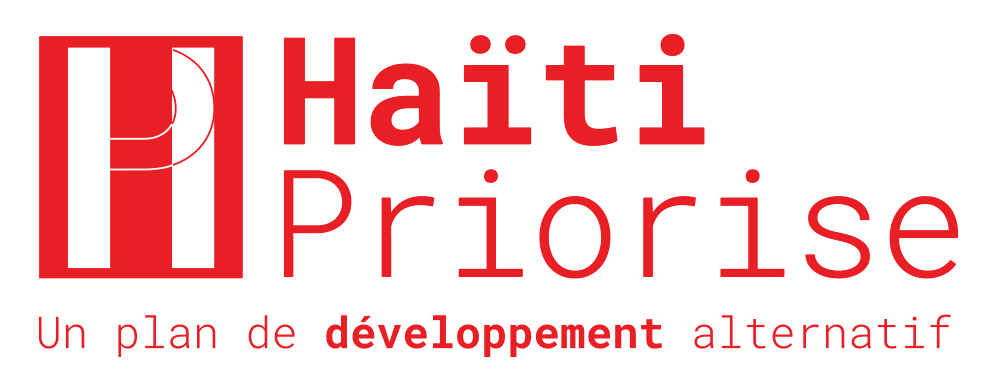Haïti Priorise: Immunization, Rozier
Description of Problem
There have been great strides in reducing the infant mortality rate: a decrease from 80 deaths per thousand live births in 2000 to 59 deaths per thousand. However, Haiti still has the highest infant mortality rate in the Caribbean.
Fewer than half of all children receive every immunization dose. Around two child deaths in ten are caused by diseases that could be prevented by vaccines, such as diphtheria, pertussis, measles and neonatal tetanus.
Reasons for Haiti’s low immunization coverage include the remoteness and poor quality of health centers, the lack of availability of immunization, and the lack of skilled health personnel.
Of the 644 health institutions providing infant immunization services, an evaluation found that only 264 institutions had personnel that had been trained in the Expanded Program on Immunization, the World Health Organization program that provides national governments with guidelines on immunization coverage.
Solution
Immunization for children 0-1
Summary Table of the BCR
| Intervention | Benefit | Cost | Benefit-cost ratio |
|---|---|---|---|
| Full immunization for infants 0-1 years old | 32,298,188,123 | 2,411,997,070 | 13 |
Benefits, Costs, and BCRs
The proposal would amplify current efforts, to lift infant immunization coverage to 90% by 2020. It would achieve this by focusing on the development of qualified personnel, as well as improving the availability of the basic amenities needed to ensure the quality of immunization. All health institutions in the country that provide immunization services will be strengthened with this investment.
The intervention will allow the national immunization coverage rate to rise gradually to 60% in 2017; 70% in 2018; 80% in 2019; and reach 90% in 2020 and 2021.
Costs
Vaccination cost per child: Around 5,300 gourdes, or USD$78.
Total cost of the five-year program: 2.4 billion gourdes.
The largest portion of costs is the price of immunization and injection equipment, with transportation and training accounting for the rest.
Benefits
In the first year, an additional 78,624 infants under the age of one would be immunized. This would climb over time. Over the course of five years, 864,846 additional children would be immunized, who would otherwise have missed out.
Lives saved (This is because even when the last cohort is vaccinated in 2021 they continue accruing the benefits of being vaccinated until their 5th birthday in 2025).
| 2017 | 975 |
| 2018 | 1803 |
| 2019 | 2772 |
| 2020 | 3881 |
| 2021 | 3880 |
| 2022 | 1279 |
| 2023 | 959 |
| 2024 | 639 |
| 2025 | 319 |
| Total lives saved | 16,506 |
Additionally, it will save parents around 281 million gourdes worth of income that they would otherwise lose. And it will save the health system nearly 16 million gourdes that would need to be spent on sick children.
Overall, these benefits add up to more than 32.3 billion gourdes.

